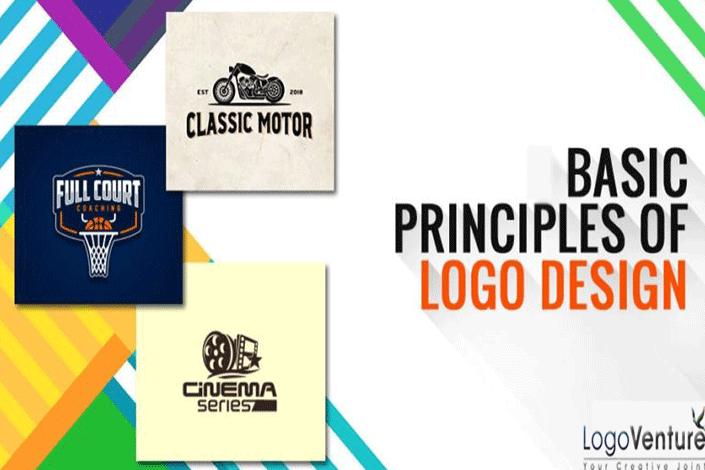Designing is the form of art which has a purpose. It is a visual element which can be described as a creative composition that clearly delivers your message to the audience. Being a graphic designer, you must understand the basic rule and principles of design to create something that is aesthetically appealing for the viewers.
With creativity as the basic need for designing, you need to make sure that you follow the fundamental principles of logo designing, which includes Emphasis, Alignments: contrast, Repetition, Proportion, Movement, and white spaces.
So whether you work at a professional logo design company, or as a freelance designer, you need to make sure that create a design which adheres to the principles of designing.
-
Emphasis
Outline all the important information which needs to be highlighted in the design. Organise it by developing a layout according to the weight of the information starting from the most important to less important. Think of making a poster for a concert. Think of the venue, the band’s name, the timings and dates. Now all this information is important, so you need to decide their place according to their weight. It is likely that you will place the band’s name in the middle of the poster to attract the audience. It may be in bold letters and colours with a strong combination.
Your outline is a blueprint which describes the basic idea of the information important to be included in the design. Once you have the basic idea of your design, it becomes easy to communicate the information with the design.
-
Balance
Every designing element has its own weight and worth. From colour, size, texture and more, you need to make sure that all the elements included in the design are balanced to attract the viewers. Think of symmetrical designs and alignment. Symmetrical designs are pleasing and more appealing for the audience. It is easier to keep the focus of the audience on the most important information which can persuade them to make a positive decision.
-
Contrast
Contest differentiates the information and images from each other. Your background needs to be different from the main image as well as the colour of fonts used in the design. Think about it: choosing similar colours for the design may not be able to differentiate the elements of the design.
Understanding the importance of contrast in design is important as it makes sure that the essential information is visible for the viewers.
-
Repetition
Limiting yourself to certain design elements may lead you to reuse them in your design. Where sometimes it works like a charm, it can read like an error in many cases. You can combine different font style and throw in some colours which can make get control of your design.
On the other hand, it is a great way to emphasise an idea. It unifies the design that brings in a lot of different elements. It can be done through similar colours, fonts, shapes and more.
-
Proportion
The proportion of a design is something that makes a design visually appealing. It is the balance in weight and size in the design and their reliability on each other. It sometimes helps in delivering your message in sections rather than as a whole.
You can group them in different elements together and in smaller sizes and place them thoughtfully in the design. Once you master the balance, proportion, contrast and emphasis in design, you can make it emerge organically.
-
Movement
It refers to how the eye navigates through the design. Starting from the main information to the least important detail in the image, your design must be able to make the eye slide through the design, without having any bumps in the middle of the journey.
The movement of the design must be able to control all the elements in the composition so that the viewer can easily move from one set of details to others. The movement in the design builds a narrative of the work which works towards making your design appealing for the audience.
-
White paper
All the other elements added in the design are “added” by you, except for the one thing that is the negative spaces in your design. It is the empty space left in the design. For beginners, it can be a risky zone in the design. Nevertheless, it can also lead them to become a successful designer from a mediocre one.
White spaces in the design also have a purpose that is organisation. It is responsible for separate one region from the object placed elsewhere. Not just that, it is also able to communicate an entirely different idea from the main design that can engage your audience with the design. Negative spaces have become a successful way of communicating hidden messages to the audience.
Conclusion
What consists of the basic elements of the design is hard to say. However, following the ones mentioned above can certainly make you a better designer for any project. Knowing and implementing the principles of design in your work process can impact the final product can result in the creation of better designers. It saves a lot of time and effort for a designer to change and tweak the designs again and again. About Author: Zeeshan Hussain Bhatti is a Digital strategist & Tech Geek, He’s always exploring new skills with different platforms in writing and marketing industry. Twitter: @zeeshanbhatti Linkedin: Zeeshan Hussain Bhatti













No Comments